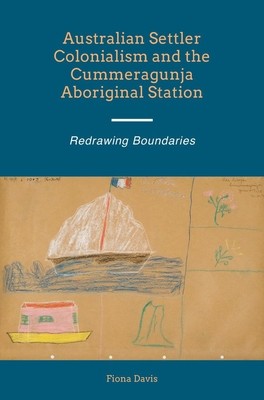
- Išsiųsime per 10–14 d.d.
- Autorius: Fiona Davis
- Leidėjas: Liverpool University Press
- Metai: 2014
- Puslapiai: 224
- ISBN-10: 1845196902
- ISBN-13: 9781845196905
- Formatas: 15.4 x 22.8 x 1.4 cm, minkšti viršeliai
- Kalba: Anglų
- Extra -15 % nuolaida šiai knygai su kodu: ENG15
Atsiliepimai
Aprašymas
In 1938, the anthropologist Norman Tindale gave a classroom of young Aboriginal children a set of crayons and asked them to draw. The children, residents of the government-run Aboriginal station Cummeragunja, mostly drew pictures of aspects of white civilization boats, houses and flowers. What now to make of their artwork? Were the children encouraged or pressured to draw non-Aboriginal scenes, or did they draw freely, appropriating the white culture they now lived within? Did their Aboriginality change the meaning of their art, as they sketched out this ubiquitous colonial imagery? Australian Settler Colonialism and the Cummeragunja Aboriginal Station traces Cummeragunja's history from its establishment in the 1880s to its mass walk-off in 1939 and finally, to the 1960s, when its residents regained greater control over the land. Taking in oral history traditions, the author reveals the competing interests of settler governments, scientific and religious organizations, and nearbysettler communities
EXTRA 15 % nuolaida su kodu: ENG15
Akcija baigiasi už 4d.00:34:48
Nuolaidos kodas galioja perkant nuo 10 €. Nuolaidos nesumuojamos.

- Autorius: Fiona Davis
- Leidėjas: Liverpool University Press
- Metai: 2014
- Puslapiai: 224
- ISBN-10: 1845196902
- ISBN-13: 9781845196905
- Formatas: 15.4 x 22.8 x 1.4 cm, minkšti viršeliai
- Kalba: Anglų
settler communities




Atsiliepimai